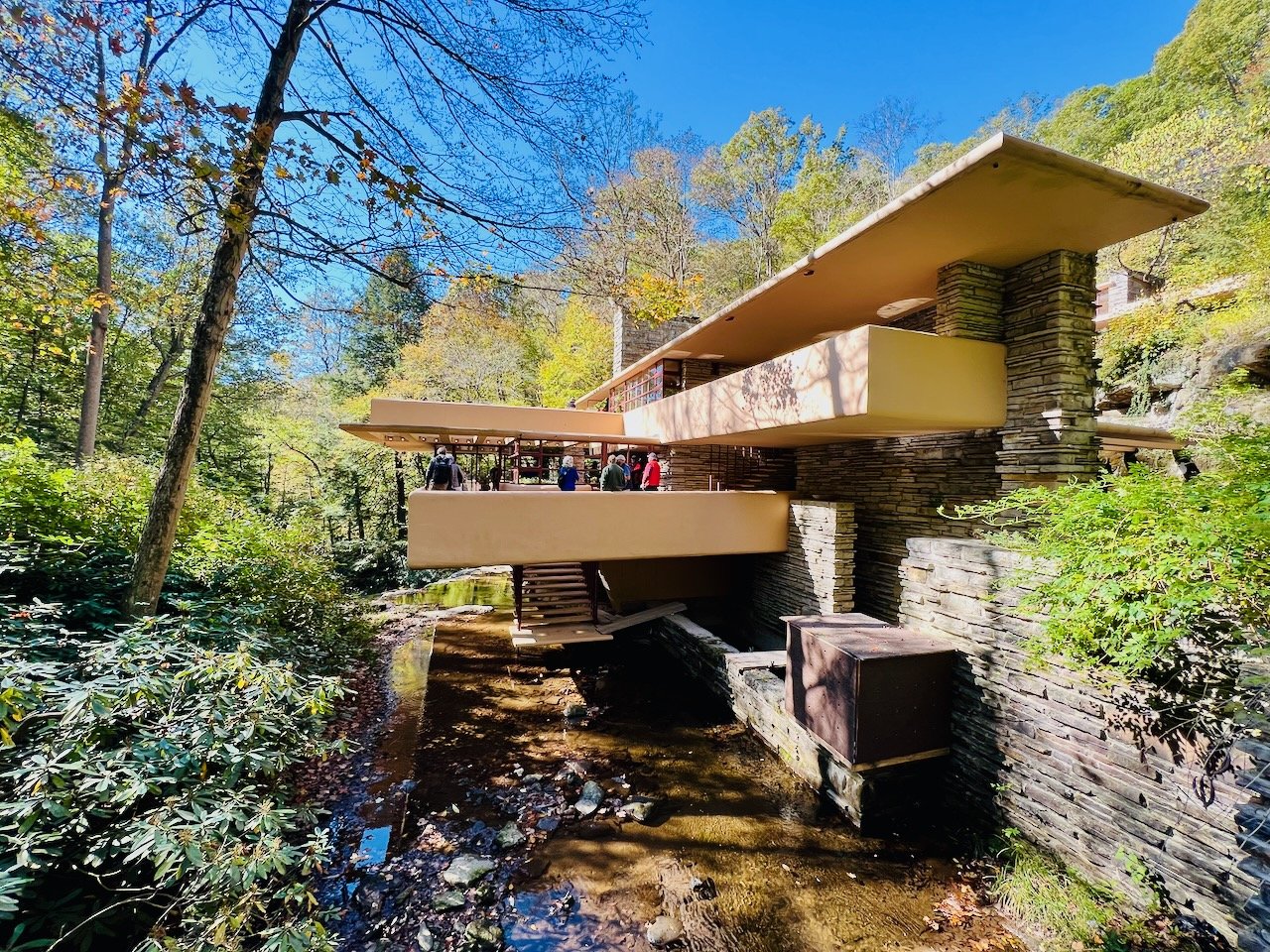The Work Comes Alive with the Sound of Impact
“The arts benefit our lives and our world. They foster collaboration and creativity, essential skills for navigating in the workplace and surviving in a challenging world. They cultivate empathy and tolerance, by bridging cultural and socioeconomic divides. They’re also good for business: They spur urban renewal, promote tourism and generate hundreds of billions of dollars in economic activity annually.”
—Julie Andrews and (her daughter) Emma Walton Hamilton
The single best way to earn new support for your nonprofit is to clearly show the uninitiated that there’s a great return on their investment of time, money, and talent. But in our world, that return isn’t financial. We measure success not in dollars, but in the difference we make in people’s lives, in our communities, in the world. We take their generosity and leverage it into impact.
People support organizations for lots of reasons: a friend works there, a parent gave there, they feel personally connected to the mission. Let’s call that inherited loyalty. But what about everyone else? Why aren’t new people showing up, donating, visiting, volunteering?
To me, the answer is obvious: we forget that they don’t share our lived experiences or intuitively understand the value of what we do.
I grew up in the arts. I did my first play at six and didn’t stop performing for the next 25 years. I took art classes, went to museums, saw theatre, dance, and music, early and often. That was my (privileged) childhood, and it shaped who I am. So when I hear about a nonprofit providing arts experiences to underserved youth, I think, “Yes! I know how powerful that can be.” You don’t need to convince me. I already know the impact.
But most people don’t. And it’s not their job to figure it out. It’s your job (or ours, if you'd like to work with me) to explain it clearly. If you’re only telling people what you do, even in the most beautiful language, you’re not welcoming them into your world.
When I was Vice President of Communication and Partnerships at the Frank Lloyd Wright Foundation (and in my recent and current consulting work with Wright sites and organizations across the country) I saw this firsthand. Since Wright’s death in 1959, others have had to carry the torch and promote his work. But for much of that time, messaging across the Wright world has been inward-facing. It was reverent, even: “Frank Lloyd Wright was the greatest architect in history. Come admire his genius.”
That kind of messaging works for the existing fanbase. Wright loyalists will always visit, become members, and advocate. But that group is aging, shrinking, and, let’s be honest, not always the most welcoming to newcomers.
What we weren’t doing well enough was giving new people reasons to care.
And yet the reasons are right there in the work. Wright knew, and science now confirms, that the built environment shapes both our mental and physical health. His architecture, with its seamless integration between indoors and nature, its emphasis on form and function, and its open plans that keep families connected, is more than visually stunning. It’s life-enhancing. Sure, visitors often leave feeling inspired or uplifted, but research shows that experiencing thoughtful designs like those pioneered by Wright also supports physical well-being in measurable ways.
If you can visit one (or more!) of these treasures (and find ways to integrate Wright’s organic principles into your own life) you, too, can be healthier and happier.
That’s not simply hero worship.
That’s impact.
(And this is just one example of many. The full impact of experiencing great architecture, nature, and beauty goes much deeper.)
I can’t assume people will infer that impact. I have to say it. That’s the job.
Don’t just murmur your impact like little Gretl at bedtime; spin around and belt it from the mountaintops, loud and clear for all to hear. It should echo through every facet of your organization: from your logo, to your mission and vision statements, your messaging, your programs, your visitor experience, and, especially, your fundraising. When you clearly articulate the impact of your work, you don’t just invite more people in, you inspire them to act. You give them a reason to care, and a way to connect.
So the next time someone asks what your organization does, I hope your answer begins more like this:
“We change lives. Let me show you how...”
Jeff Goodman is a nonprofit consultant specializing in helping arts organizations clarify their mission and amplify their impact. A former professional actor, he brings a creative approach to his consulting, enabling organizations to tell compelling stories that resonate with audiences and build lasting support. His signature program, Mission Critical, emphasizes collaboration and is dedicated to making the arts accessible, engaging, and exciting for all.



